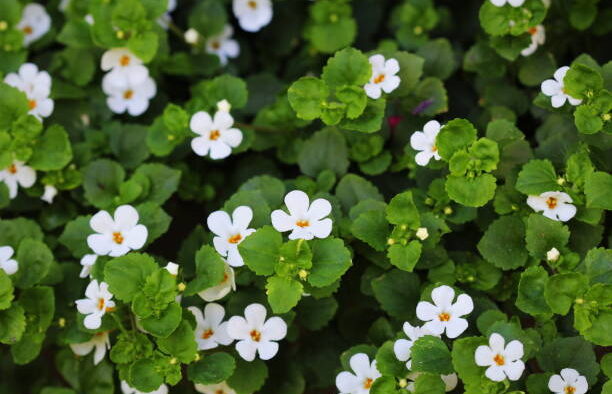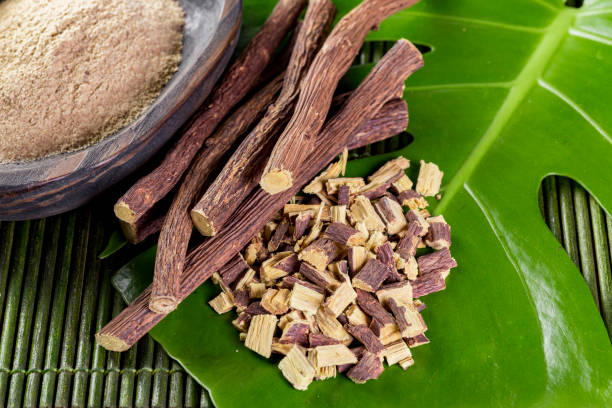A Red List of 560 plant species of India was created by the International Union for Conservation of Nature, to identify priorities for preservation, of which 247 species are in the actively-threatened category
Since ancient times, plants with therapeutic properties occupied an important place in the treatment of diseases. Ancient physicians knew how to use plants from seed to soil to stomach. They knew the ecosystems in which to grow plants to be most effective as medicines. For example, dry weather creates more potent guggulu, a resin that is excellent for scraping away old residues stuck in the joints and organs. Guggulu remains on the endangered plants list.
As modern civilisation evolved and the human population increased, convenience, capitalism, and a money-based economy led to the exploitation of nature around us, shocking us with the rapid and vast destruction of trees and nature-dominant environments. The buildup of nature-resistant homes, the industrial revolution, and the technological revolution have created changes that have ultimately impacted the plant kingdom, creating a mass destruction of nature and its diversity on the planet.
Several groups working for the environment have been tracking the loss of biodiversity and created lists of threatened and endangered species with specific conservation needs.

The International Union for Conservation of Nature and Natural resources (IUCN) has proposed that the main reasons for destruction of plant species are:
- Over exploitation of plants for economic gain, including over harvesting and ruinous harvesting practices
- Population pressure in which larger numbers of people require larger supplies of plant-based foods and medicines
- Deforestation, done usually for economic incentive, housing, or lumber gain
- Changes in land use pattern created by multi-national trade pressures on farming for export and trade and propagated by discontinuation of traditional cultural practices
- Increase in the demand for raw materials related to medicinal plants for economic gain.
To create urgency among the masses, biodiversity experts have highlighted the status of medicinal foods and plants that have been used effectively for millenia. Their loss is threatening our own future health and knowledge.
A Red List of 560 plant species of India was created by the IUCN to identify priorities for preservation, of which 247 species are in the actively-threatened category. Red-listed plants are usually categorised as either extinct, extinct in wild, critically endangered (facing extremely high risk of extinction), endangered - defined as only 50% or less number of species still present or impending destruction within 3 generations, and vulnerable.
Some of the well-known endangered species on the IUCN Red List are foods, which excellent medicinal properties:
- The bael fruit, Aegle marmelos, known in Sanskrit as bilwa
- The brahmi śaka, or spinach, Bacopa monnieri, known in Ayurveda as mandukaparni
- The licorice tree, whose sweet bark and branches are used as a spice or in tea, Glycyrrhiza glabra, known in Sanskrit as madhuyashti or yashtimadhu
- The stevia flowering plant in the aster family, Stevia rebaudiana, also known as sweet leaf and grown for its sweet-tasting leaves that are 3 times sweeter than saccharose
Conservation of these plants have become more urgent because they belong to a human ecosystem.
Using tools of genetics and biotechnology, conservation of medicinal plants and associated knowledge is being attempted, documenting best practices and slowly also stimulating the ancient wisdom and practices of cultivation and preservation by involving the local people.
Using plant cell and tissue culture, stem culture, and micro-propagation techniques, rapid proliferation can be achieved from tiny stem cuttings and auxillary buds, without killing the donor plant. Breeding programmes investigate how to provoke germination of difficult or immature seeds. Judicious use of growth regulators are used, such as auxins and cytokinins, molecules known to increase maturation. Incentives for scientists promote techniques to multiply and conserve medicinally important species within short periods of time and limited space. But ecologists and field botanists are also highly valued because they can connect to ethnopharmacology, the knowledge in local cultures of drugs and medicinal applications in forestry and the plant world.
The hope is that through a variety of modern conservation and propagation methods, more endangered species can be saved and passed to future generations.
Dr. Deepika Bhargava recently completed her masters degree in dravyaguna from Ashwini Ayurvedic Medical College, Hospital and Research Centre in Tumkur, Karnataka.






